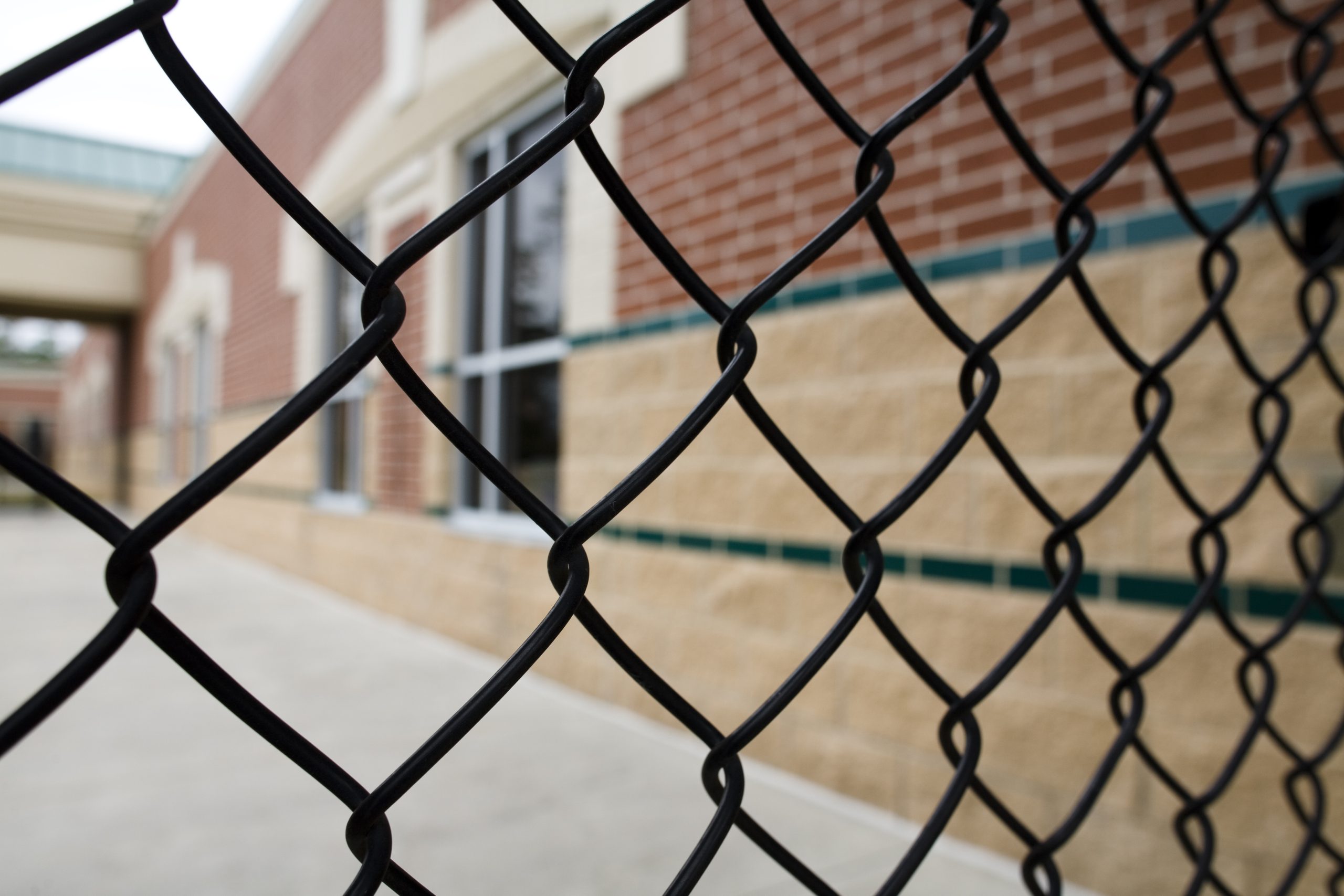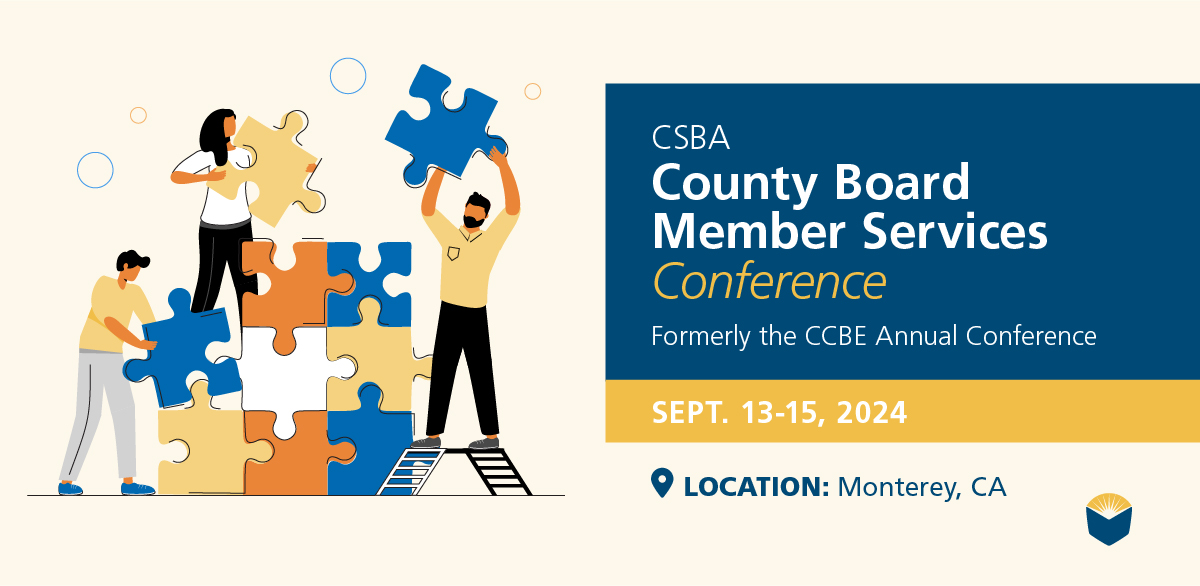By CSBA Principal Research Manager, Angela Asch
School safety is an important and complex issue. From the physical infrastructure of school facilities to student well-being and mental health, safety issues run the gamut. Governance teams play a unique role in leading the way in fostering a safe and supportive school environment. Not only are governance teams tasked with reviewing and updating safety policies and procedures, such as Comprehensive School Safety Plans (CSSPs), but local educational agency leaders must also be informed and make decisions on myriad safety issues that their LEAs will likely face.
Senior Director of CSBA’s Research and Education Policy Development Department Mary Gardner Briggs noted, “Our members have been outspoken about their desire to address the safety of our public schools, and they want to be mindful of how to do so in their governance roles. The field has learned a lot in the past decade, so they’re also mindful of wanting to have data and resources that meet today’s circumstances.”
To that end, CSBA has updated a school safety resource, the Safe Schools Toolkit, to support governance teams in their work.
The basis of the Safe Schools Toolkit was a guidebook originally developed by CSBA’s School Safety Task Force in 1994 and updated in 1999. In 2011, it was revised again and expanded with the assistance of CSBA’s School Health Advisory Committee. This fourth edition (2024) has been updated and revised with the support of an interdepartmental workgroup and education and school safety experts from across California. It has also been reformatted as a free toolkit that trustees can download for easier access and usability.
This latest revision includes new and updated school safety terminology, information about the most current human-caused threats to safety, and up-to-date resources for LEAs to use when implementing school safety policies and procedures. The Safe Schools Toolkit also includes strategies to help governing boards make informed decisions when approving budgets, policies and administrative regulations on school safety.
The toolkit addresses ways governing boards can:
- Create and foster a positive school climate where students feel safe, supported, connected to others and prepared to learn by aligning budgets to safety plans
- Support students and staff by reviewing and updating policies that make schools safer
- Communicate safety information and procedures and collaborate with education and community partners before, during and after a safety incident or crisis
The Safe Schools Toolkit is a 12-part safety resource that also includes policy recommendations covering a comprehensive range of human-caused safety threats. Each brief in the Safe Schools Toolkit is standalone document and provides:
- Information, research and data on a school safety topic
- Applicable questions governance teams should consider about a safety topic
- Relevant resources about a safety topic to consult for more information
- Board policies and administrative regulations for each safety topic
The toolkit covers the following:
- A note from CSBA CEO & Executive Director Vernon M. Billy
- Introduction
- The Board’s Role in School Safety
- CSBA Policy Pillars
- Comprehensive School Safety Plans
- Supporting a Positive School Climate
- Bullying and Cyberbullying
- Impacts of Safety Threats
- Behavioral Threat Assessment
- Infrastructure
- Armed Assailant Response for Schools
- Sexual Violence, Trafficking, Harassment, and Title IX
- Alcohol, Tobacco, and Illicit Drugs (including Fentanyl and Vaping)
- Crisis Communications
- Policy Recommendations
To update the toolkit, CSBA convened an internal cross departmental workgroup and collaborated with content experts in their respective fields to assist in the development to ensure governance teams learn from practitioners and professionals.
“We felt it was important to include professionals who are working in the many sectors of school safety right now, ‘the boots on the ground,’ to help us with this resource,” said CSBA Principal Research Manager Angela Asch.
CSBA is grateful for their expertise and contributions to this new resource and thankful for their time and invaluable input. Guest authors of the Safe Schools Toolkit are:
- John Czajkowski, MA, director of Safety and Security, Sweetwater Union High School District and Education Sector co-chief, InfraGard San Diego, an FBI-affiliated nonprofit organization.
- Erika Felix, Ph.D., professor of Clinical Psychology at the University of California, Santa Barbara and a licensed psychologist. Her research focuses on understanding the factors that promote positive youth development or recovery despite contexts of risk, trauma or stress.
- Gus Frias, Ph.D., former manager of school safety programs for the Los Angeles County Office of Education. Frias currently serves as Education Sector chief for InfraGard Los Angeles.
- Trinette Marquis, MA, APR, executive director, California School Public Relations Association (CalSPRA), author and educator.
- Derby Pattengill, former vice president for Health & Community Concerns, California Parent Teacher Association (CAPTA).
- Sepideh Yeoh, Ed. D., Masters in Governance® Faculty, author, and former trustee of the Oak Park Unified School District Board of Education.
CSBA hopes that the Safe Schools Toolkit will become the go-to resource for governance teams when discussing and making school safety decisions.
“We wanted this toolkit to be practical and immediately applicable to LEA leaders’ work,” Asch said. “We envisioned this toolkit as a safety resource that can be downloaded, shared with colleagues, and used during board study sessions.”
Find the toolkit at www.csba.org/SafeSchoolsToolkit





